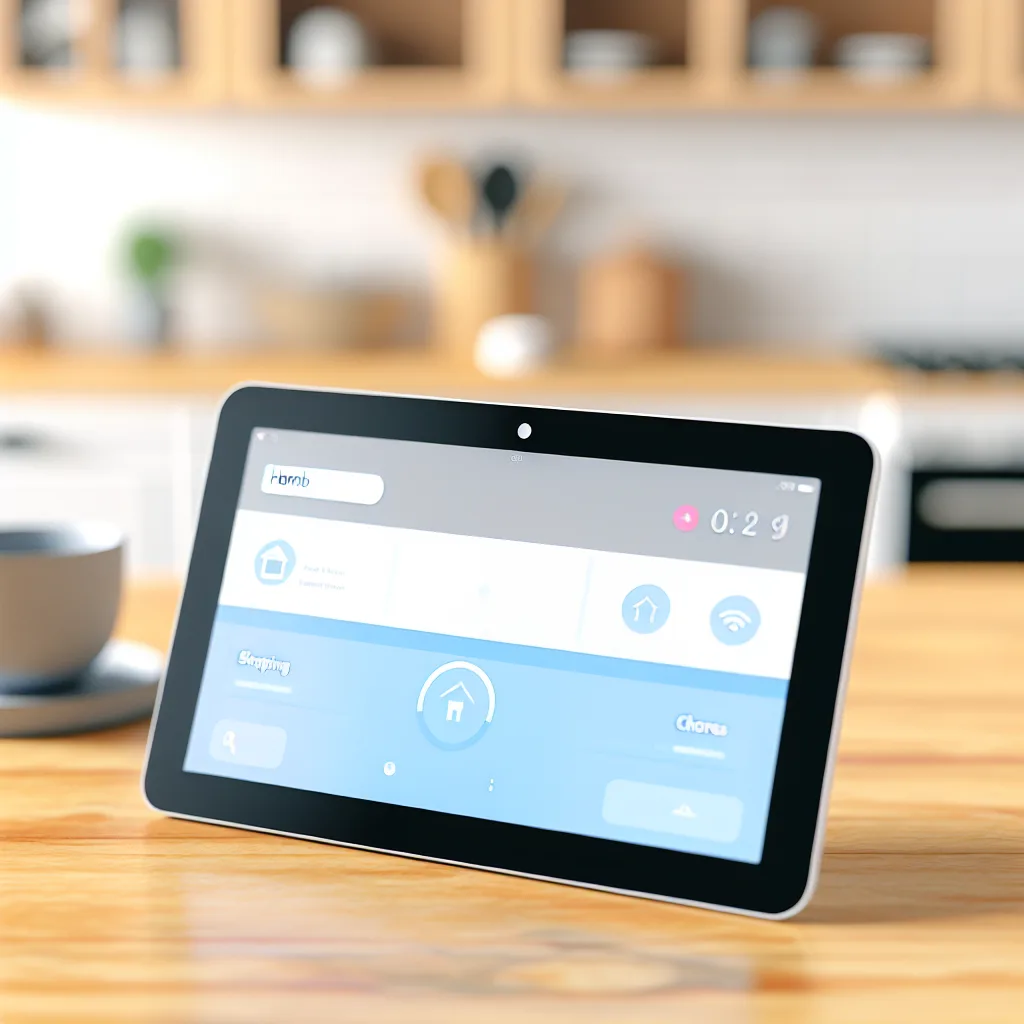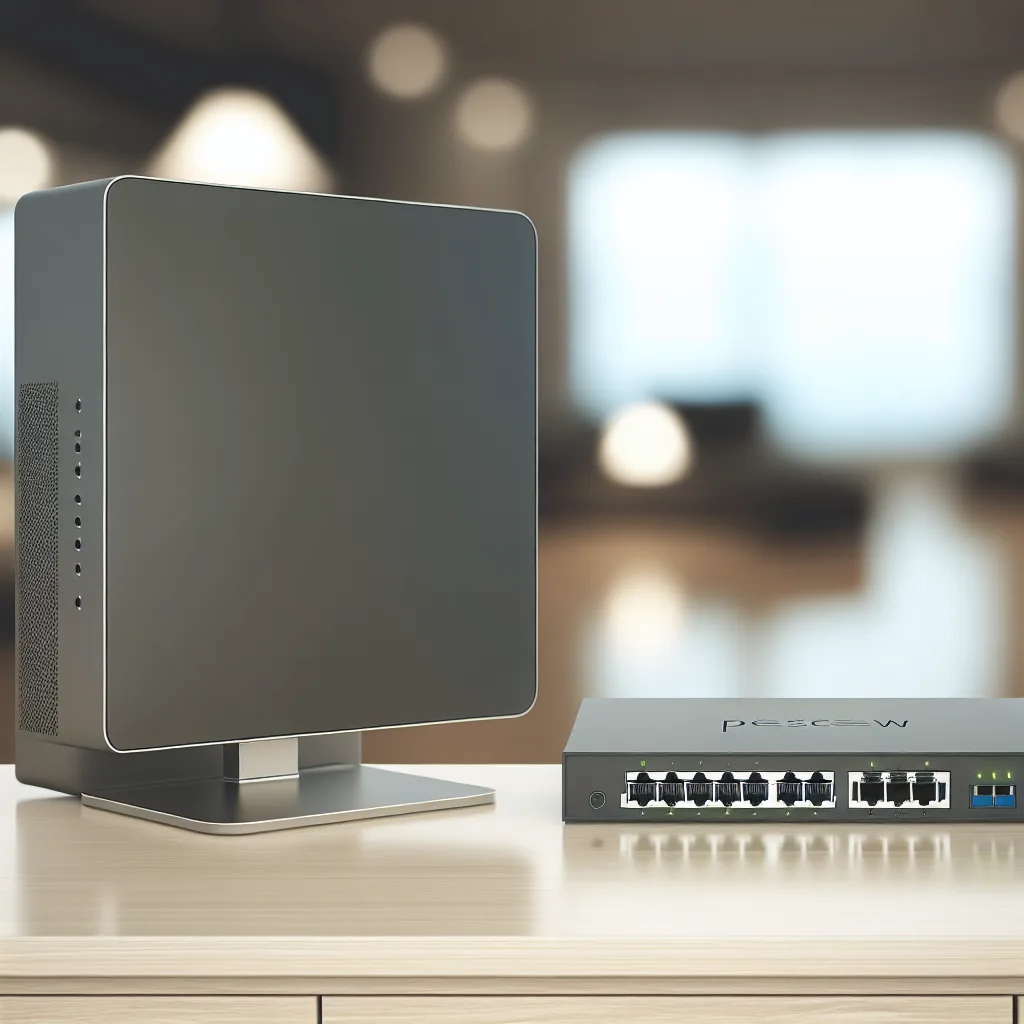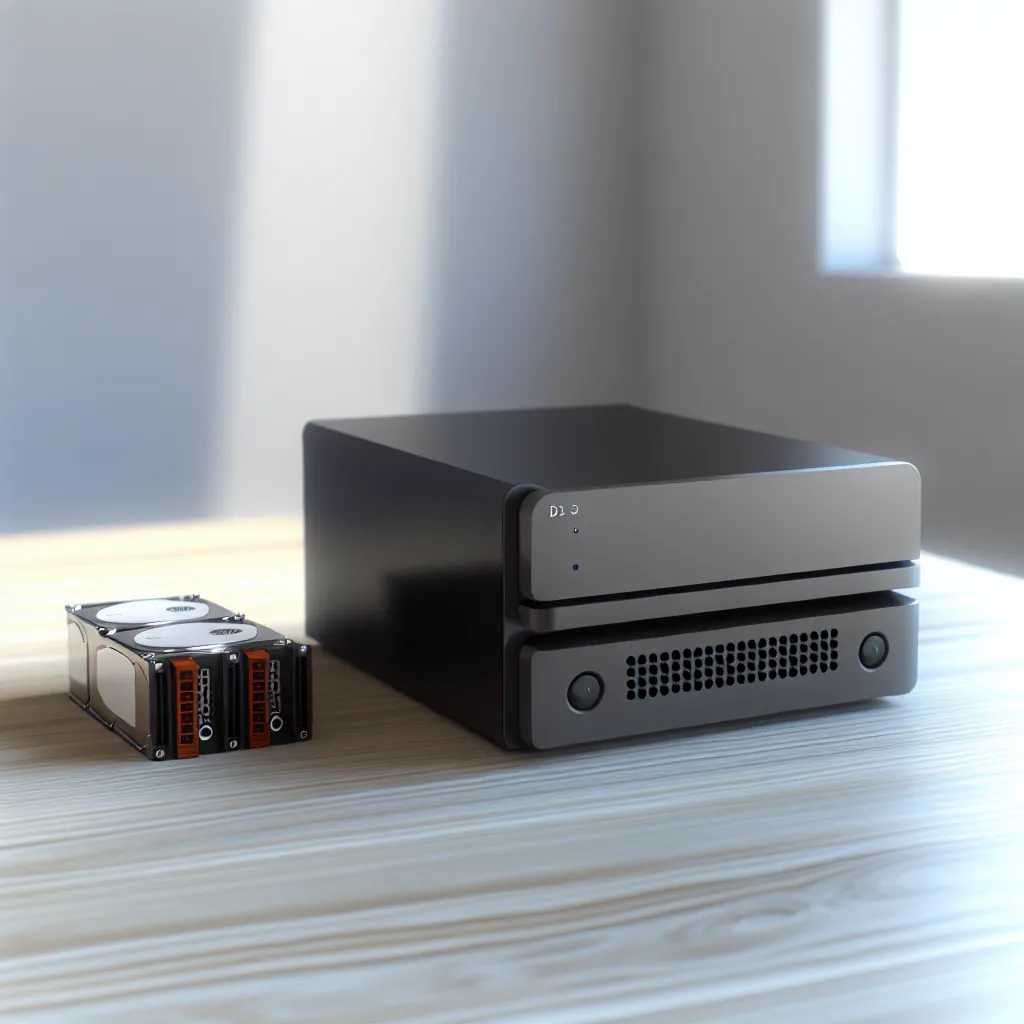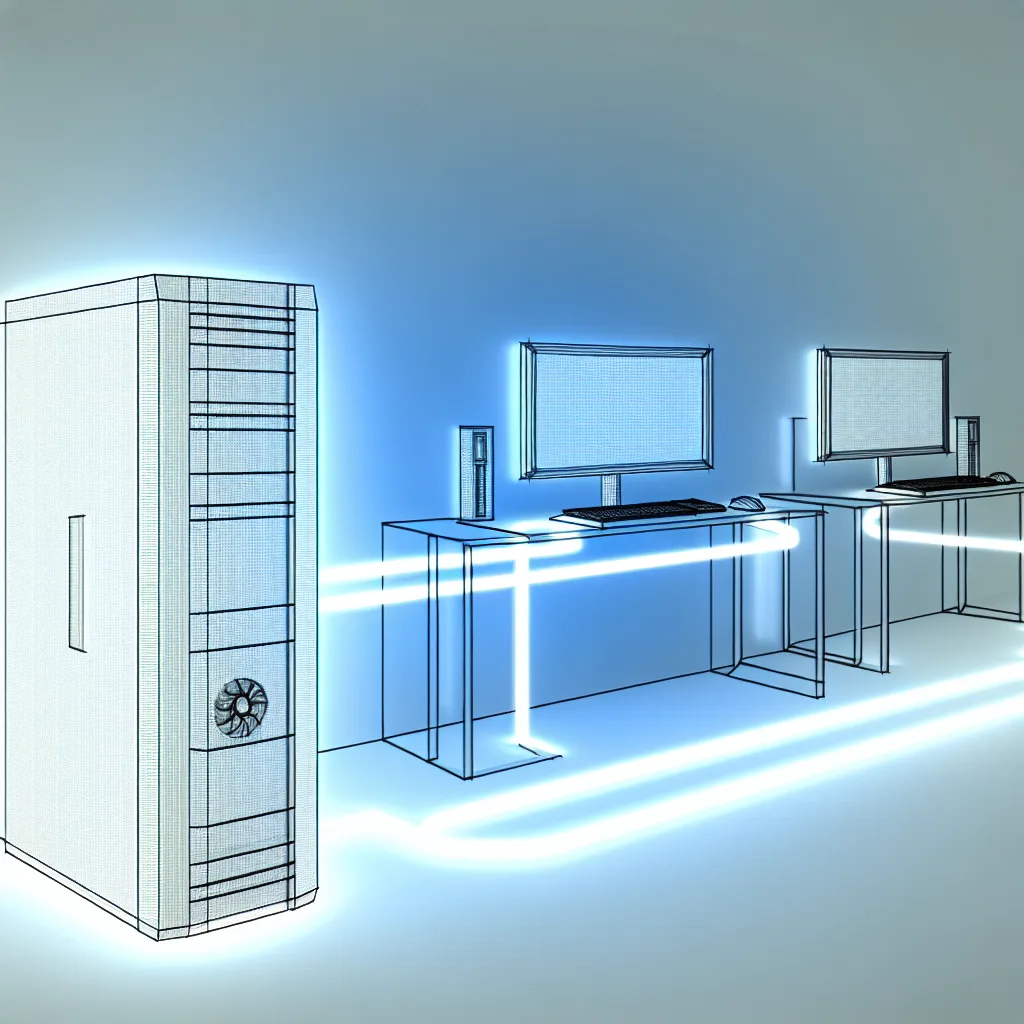Explore this week’s major AI developments including massive investments, safety breakthroughs, and emerging regulations shaping our future.
If you’ve been keeping an eye on artificial intelligence lately, you might have noticed things are really heating up in the world of AI investment initiative and innovation. This week, some big announcements and breakthroughs caught my attention, and I thought they’re worth sharing. These developments are shaping the future of AI in exciting and practical ways — and I’ll break down what’s happening in friendly terms.
Massive $5 Billion AI Investment Initiative
First off, a top tech company announced a jaw-dropping $5 billion investment dedicated to AI research. This initiative is not just about money; it’s about seriously accelerating AI development worldwide. With plans to open research centers on three continents and create 10,000 new AI roles, this investment could speed up the arrival of more advanced, general AI technologies by two to three years. It’s like putting jet fuel in the AI engine.
OpenAI and Anthropic Team Up on AI Safety
At the same time, OpenAI and Anthropic, two big names in AI, published a joint research paper focused on reducing harmful outputs from AI models by a whopping 75%. They’ve developed new safety protocols that could become the standard moving forward. This collaboration shows the AI field is starting to put safety front and center, which is reassuring as AI gets smarter and more integrated into everyday tools. Learn more about their research methods on TechCrunch.
New AI Rules in the EU
Meanwhile, over in Europe, the European Union passed comprehensive legislation that lays down clear guidelines for how AI can be used, especially in sensitive sectors like healthcare, finance, and transportation. Companies will need to meet strict transparency requirements by 2026, providing a roadmap for responsible AI use. These EU rules might just set the standard for AI governance worldwide. The Financial Times has a detailed insight on this topic here.
Other Noteworthy Advances
- Energy Efficiency Breakthrough: MIT researchers developed a new training method that lowers energy costs for AI models by 60%. This could make AI research more accessible to smaller players, potentially democratizing innovation. See the original research at MIT Technology Review.
-
AI Startup Valuations Soaring: A healthcare startup focused on diagnostics raised $150 million, and an AI platform for enterprise automation just hit a $10 billion valuation. These numbers highlight both the promise and the trust investors have in AI’s future.
AI’s Wider Impact and Responsibility
On the ethics side, the U.S. announced a National AI Safety Institute with $500 million allocated to ensuring AI systems remain safe and reliable. Meanwhile, several major tech firms promised to follow ethical AI guidelines, though some critics want stricter, mandatory regulations. It’s a balance between innovation and responsibility, a real conversation worth following.
Wrapping Up
In summary, the AI investment initiative this week isn’t just about growing the tech; it’s about doing so thoughtfully and safely. With record funding, cross-company safety efforts, and new laws, we’re seeing AI mature rapidly. Whether you’re curious about how AI impacts your everyday life or interested in the tech industry, these developments point to a future where AI is a bigger, but hopefully safer, part of our world.
Feel like diving deeper? Check out these platforms for the latest AI insights and investment news:
– Reuters AI News
– Bloomberg Technology
Let’s keep an eye on how these big moves unfold — it’s definitely an interesting time for AI!



